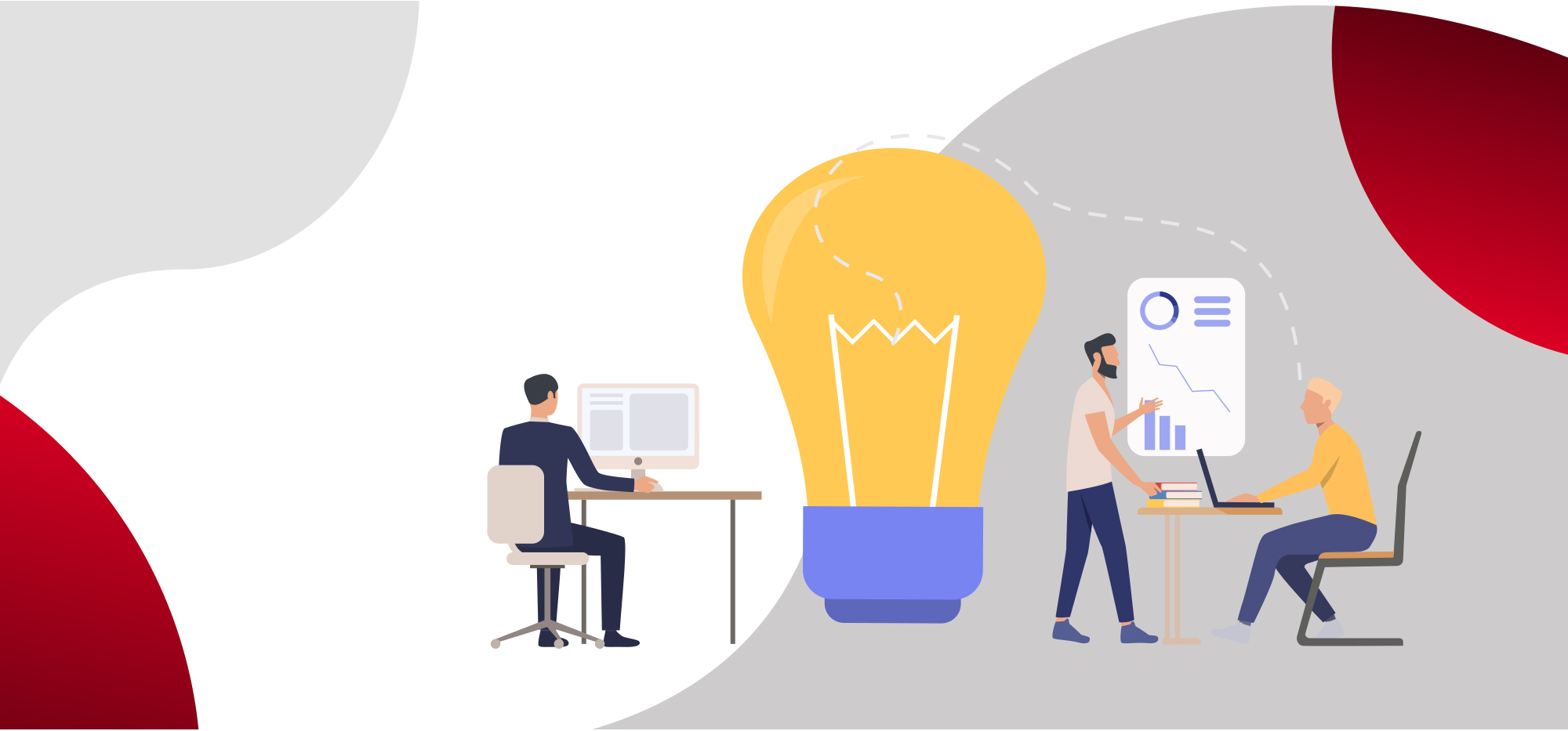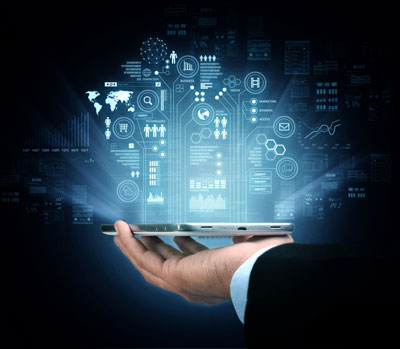By its very nature, technology had evolved rapidly. However, in recent years, the pace has accelerated even more. Some of the big topics and trends in 2016 were non-existent 5 years ago! Along with general technological advancements, digital technology is getting more influential in our daily life: everything has become easier, cheaper, better and faster. However, the most significant impact is in the improvements to our quality of life.
The appetite for digital transformation is also a catalyst for changes in the business world. The number of companies that operate digital technology inside their strategic framework is increasing every single day, as are the number of people that live their lives ‘on-line’. Hence, technology companies are racing to develop new technologies to fulfil consumer needs. Therefore, it’s no surprise that some of the developing digital technologies, which are predicted to be the next big hitters in 2017, are not only predicted to be spectacular, but simpler, practical and capable of replacing manual systems – but this does not eliminate the need for human resource. These technologies could include:
1. Artificial Intelligence (AI)
AI is a growing digital technology that has application across all sectors. As organisations are required to provide faster execution with more precise output, their reliance on AI can be seen as a way to minimise errors and to increase cost efficiency.
Currently the digital world has many AI applications developed, for various purposes. According to Gartner, AI are learning machines which are sophisticated systems that are able to understand, learn, predict, adapt and operate independently. This intelligent machine learning capability is also able to change the characteristic and behaviour of future businesses, so that the performance of machines can be faster, more practical and bring about new breakthroughs to disrupt the industries.
Another example of AI is virtual assistant applications which can help users to do everyday tasks with better accuracy and precision, simplifying work and also increasing productivity. A current example of virtual assistants are Siri for Apple’s iOS and Microsoft’s Cortana.
2. Internet of Things (IoT)
Another trend that is predicted to become popular in 2017 is the IoT concept. IoT enables every single electronic appliance to be connected and communicate with each other. With a set of data capture devices, sensors, motors and data analysis, IoT enables automation and operation with the best and most optimal configuration. For instance, in smart home applications.
According to Iamwire, one of the more exciting IoT applications currently being developed are smart, self-driven, intelligent vehicles. Another example is a digitalised health system where medical devices can be connected to the network, meaning patient data can be continuously updated and monitored. Today, more and more service companies are emerging and with this, more competition provides increased and better quality output. IoT enables automated operations in work environments such as in factories, which can help increase employee productivity and speed up processes, enabling business performance to be more efficient and effective.
3. Chatbots
In 2017, chatbots are predicted to be widely adopted. A chatbot is an application designed to simulate a conversation that can interact with a human through text, voice, or visual cues. Today, there are already many chatbots available, but each of them has different user interface, and most of them are not user friendly nor intuitive enough.
With the emerging trend of application and service integrations, chatbot applications are predicted to become one of the most promising technology trends in 2017. Chatbots can become a more efficient and effective interface, used by businesses to communicate with their customers – and this streamlined communication between businesses and customers could mean a greater number of transactions and better customer service.
4. Service Oriented Architecture (SOA)
Service Oriented Architecture (SOA) is modelling software built with a service oriented approach. ‘Service Oriented’ is a technology approach which utilises an ideal vision, where every resource of software is cleanly partitioned from each other. Indeed, the promise of SOA is not just limited to the cost and energy savings from the development of applications, but at the end of the day, it’s the realisation that an organization can quickly adapt business processes to be able to answer the demands of the current market. Existing SOAs, especially application packages such as ERP, CRM and others, can be wrapped through a web services interface – such as SAP, Siebel and others so that it can then be on-sold as real business services – and purchased from a third party (e.g. a company credit rating information services provider).
5. Augmented Reality (AR) and Virtual Reality (VR)
Another technological trend in 2017, is the growing utilization of VR and AR. This was confirmed by a Forbes study which puts AR and VR as one of the top 5 technology trends in 2017. AR is a technology where a computer generates an additional layer on top of reality, which makes it more meaningful through the ability to interact with the digital components. AR can be developed into applications and used on mobile devices to integrate digital into the real world in such a way that they enhance one another, but can also be told apart easily.
VR is a technology where computers generate virtual worlds which users can interact with, using a special device, or a smartphone. The virtual world is designed so that users find it difficult to distinguish what is real and what is unreal. AR often uses mobile devices, such as smartphones or tablets to see how the virtual objects interact with objects in the real world. VR typically uses a device such as a helmet with goggles or other enhancements. This device will connect users with their virtual world, where users can interact with virtual objects that are created. The combination of VR and AR technologies could be implemented in various applications through fields of entertainment, building & construction, car design and even in training & education.
Now, the question is: “Is your business (and its infrastructure) ready to enter the year 2017?”
Prepare your business and your products with the right strategy, right plan and right technologies. In today’s dynamic market, everything is constantly moving and competition is getting fiercer. It is not only about having innovation, but also maintaining the service level and availability. Having a reliable, strong, agile and scalable infrastructure is mandatory – and no longer a choice. Some people previously chose to take a shortcut with the most affordable option, while ignoring the service level – which usually ends up with a loss of productivity when troubleshooting the problems during downtime, in addition to losing their focus on delivering an optimised customer experience – which can lead to loss of customer loyalty.
In 2017, make sure you have the best technologies, as well as best partners, supporting you to deliver exceptional customer experience, through a better value offering and even better technology.


